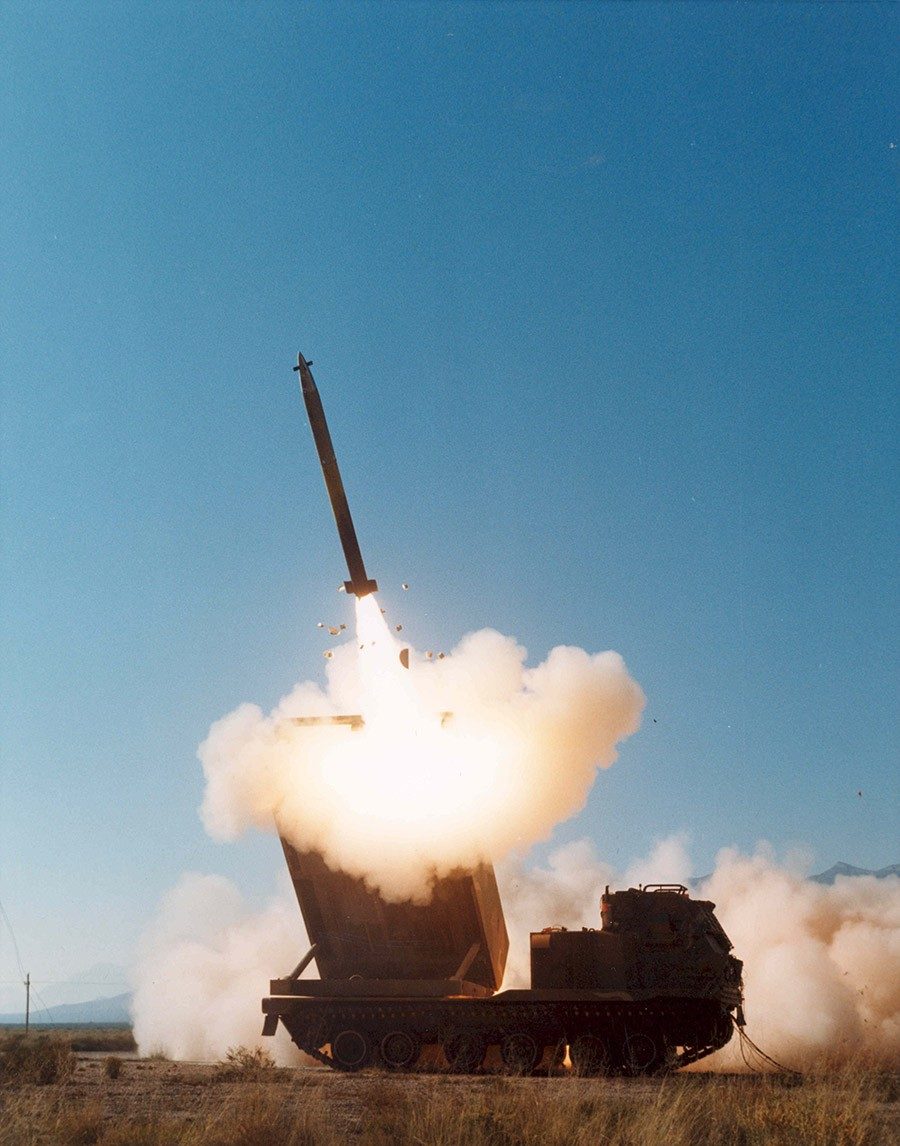Australia is gearing up to begin guided missile production in 2025 through a partnership with Lockheed Martin’s local subsidiary, Acting Minister for Defence Pat Conroy, announced on January 16.
This contractual collaboration signifies the commencement of domestic manufacturing for GMLRS missiles, a strategic move aimed at building a more comprehensive missile production capability within the nation.
The initial batch of GMLRS missiles will be produced within Australia as part of the agreement. The government also intends to facilitate the transfer of technical data from the United States, establish engineering certification processes, and enhance the technical expertise of the Australian workforce in missile production.
While the GMLRS boasts a battlefield range of 70 to 90 kilometers, Conroy highlighted Australia’s ultimate objective to produce long-range weapons independently.
In the interim, Australia has turned to the United States to enhance its arsenal, with plans to acquire Precision Strike Missiles (PrSM) capable of reaching targets up to 500 km. PrSM and GMLRS missiles can be launched from High Mobility Artillery Rocket System (HIMARS) launchers.

Australia is making significant investments in defense capabilities, including purchasing 22 M142 HIMARS launchers and related equipment from the US, totaling US$975 million.
The Royal Australian Navy’s Hobart-class destroyers will also be equipped with 200 Tomahawk cruise missiles, featuring a range of 1,500 km, for AU$1.3 billion.
These developments are part of a broader US$4.1 billion investment, announced in response to the Defence Strategic Review, aimed at empowering the Australian Defence Force (ADF) with more long-range strike systems and establishing the capability to manufacture extended-range munitions domestically.
Deputy Prime Minister Richard Marles praised the Lockheed Martin Australia contract, highlighting it as a testament to the Albanese Government’s commitment to achieving key objectives outlined in the Defence Strategic Review.
“These are important milestones which will see Australia gain the technology we need to establish a sovereign industry, providing opportunities for a highly-skilled workforce,” Marles added.
Conroy stated that this first step in domestic guided weapons manufacturing will complement the acquisition of long-range precision strike capabilities, ultimately strengthening the ADF’s capacity to safeguard Australia and its interests.
Australia’s Retirement Of F-111 Marks The Surrender Of Long-Range Firepower
Australia has traditionally directed its investments towards fighter aircraft; however, there has been a strategic shift in focus towards enhancing long-range missile capabilities.
This change began under the previous Scott Morrison-led government, which established the Guided Weapons and Explosive Ordnance Enterprise (GWEOE) in 2021, allocating US$1 billion for the Sovereign Weapons Enterprise.
The current Labor-led government has sustained this initiative, fostering collaboration between Lockheed Martin Australia and Raytheon Australia, the largest US-owned defense contractor operating locally.
The decision to prioritize long-range capabilities was prompted by a 2020 review that identified Australia’s deficiency in long-range strike weapons following the retirement of the F-111 strike aircraft in 2010.
During the interim period, Australia invested in Super Hornet and F-35 fighter planes but later opted to pursue long-range missile capabilities.
In April 2022, then-Defense Minister Peter Dutton announced the acquisition of the JASSM-ER for the RAAF’s F/A-18F Super Hornet and F-35A fighters.
With the JASSM-ER, an F-18, without mid-air refueling, can effectively strike a target a thousand miles from its base.
Addressing the historical context, the Royal Australian Air Force (RAAF) had previously operated the F-111, a supersonic, swing-wing bomber, until its retirement in 2010 after 42 years of service.
The F-111, nicknamed “Pig” by RAAF pilots, was known for its unique capabilities, including terrain-following radar for night hunting. Despite not being deployed in combat, the F-111 was regarded as the fastest and longest-range aircraft in the Asia-Pacific region.
The retirement of the F-111 was met with discontent and a lack of widespread acceptance within the expert community. When the Australian government decided to retire the F-111, it knew that this move would entail relinquishing its long-range firepower.
At the time, former Member of Parliament Dennis Jensen emphasized the uniqueness of the F-111, stating, “The F-111 is a unique asset in the region. With the loss of this capability, our competitive edge will be lost.”
A decade later, Australia is restoring its long-range firepower capabilities, recognizing the importance of maintaining a competitive edge in the evolving geopolitical landscape.
- Contact the author at ashishmichel(at)gmail.com
- Follow EurAsian Times on Google News